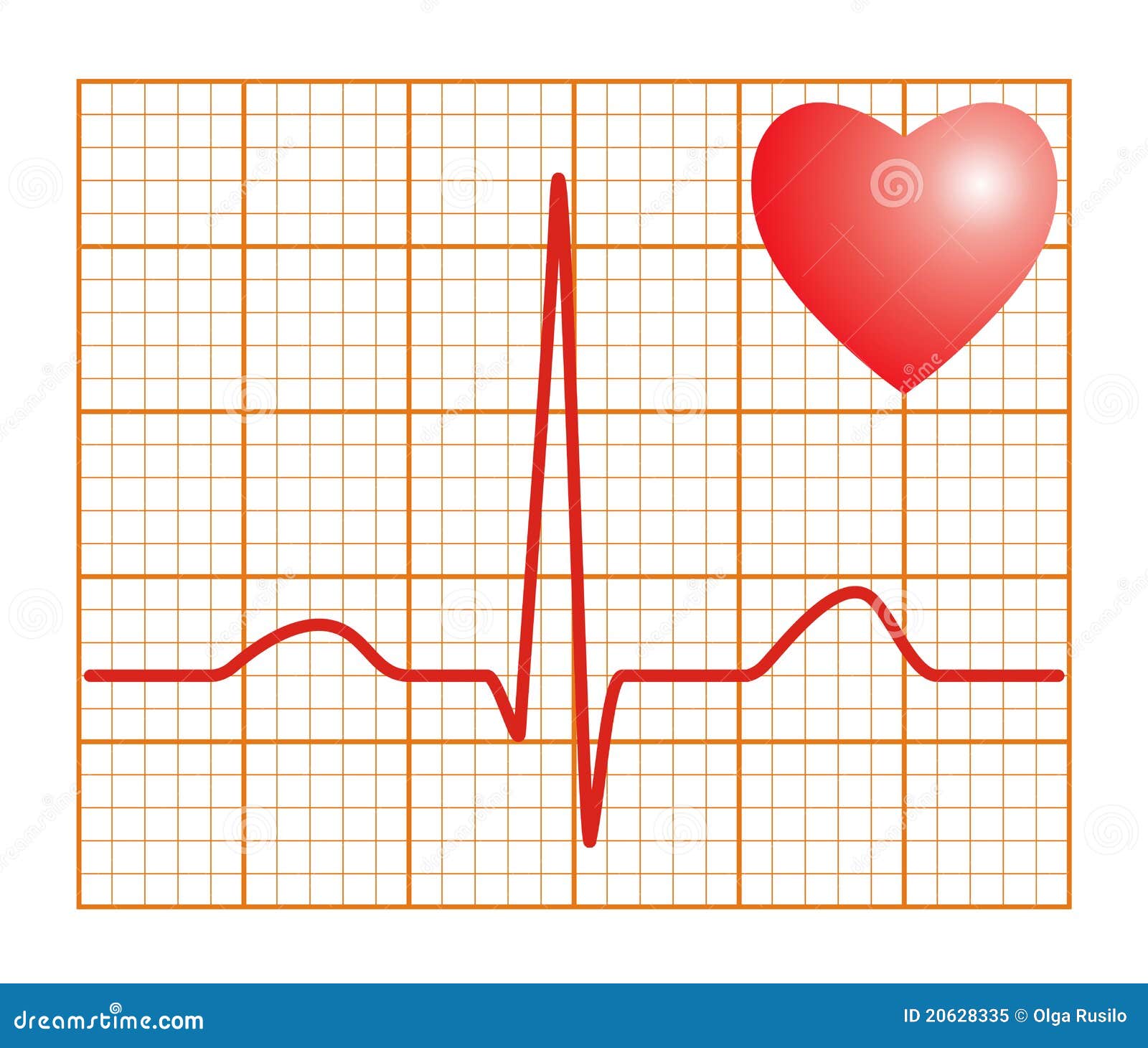

These are attached to thin lead cables that connect to the EKG machine. Clip or plate electrodes are attached to the cat’s limbs and sometimes to the chest wall.
#Radio cardiograph skin#
Conductive gel or alcohol is applied to the skin to better transmit the electrical activity of the heart to the EKG machine. The EKG is recorded with the pet either standing or lying on his right side. Specialized equipment is required to obtain an EKG. How Is an Electrocardiogram Done in Cats? In such cases, a Holter or Event monitor EKG is needed to diagnose the problem. When there are sporadic electrical disturbances of the heart, these may not be detected by a routine exam. One also must appreciate that the routine electrocardiogram is about 1 to 2 minutes long. In fact, the EKG is actually a complementary examination to the stethoscope exam, chest X-ray, and echocardiogram (ultrasound). While the EKG can be a “screening test” for serious heart disease, it does not detect all heart problems. The EKG tells us about electrical problems of the heart, but not necessarily about heart enlargement, valve disease, or heart muscle problems. What Does an Electrocardiogram Reveal in Cats?Īn electrocardiogram is used to reveal abnormalities of heart rate and electrical rhythm (arrhythmias).

When a spell is observed, the button is pushed and the EKG is recorded. This type of monitor is used in pets affected by fainting or sudden collapse. An event monitor EKG is an owner-activated monitor that can be worn by the pet for many days. This test is used in the evaluation of serious heart rhythm disturbances. The pet wears the recording box for 24 hours and the electrocardiogram is recorded continuously during that period. The Holter electrocardiogram is an ambulatory EKG that is tape-recorded for later playback. These are used for quick assessment of heart rhythm, for anesthetic monitoring, and in critical care settings.

Oscilloscope EKGs are monitors that display the electrocardiogram trace on a screen. As with all tests, the EKG is not 100 percent accurate. There is no real contraindication to performing this test however, it should be appreciated that a normal EKG does not exclude the possibility of heart disease. Often an EKG will be recorded when a heart murmur is detected, when there is x-ray evidence of heart enlargement, or when cardiovascular symptoms such as fainting occur. An EKG is indicated whenever a heart rhythm problem is suspected. An EKG is often recorded during anesthesia. The EKG is the test of choice for diagnosis of abnormal heart rhythms and also can be useful for identification of heart enlargement or drug effects on the heart. This allows recording of electrical activity onto paper printed from the electrocardiograph machine. The heart’s electrical activity is recorded by attaching small contact electrodes to the limbs and chest wall. The electrocardiogram, also known as an EKG or ECG, is a noninvasive test. An electrocardiogram (EKG) is a diagnostic test that records the electrical activity of the cat or other pet’s heart.


 0 kommentar(er)
0 kommentar(er)
